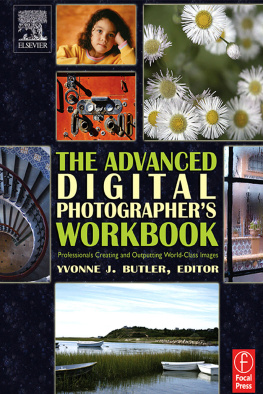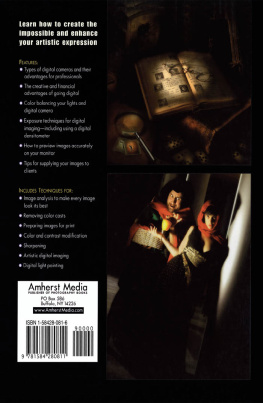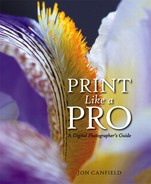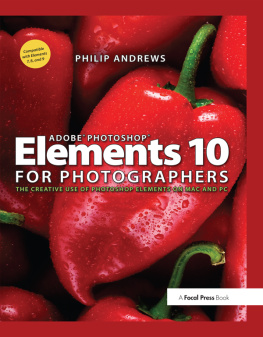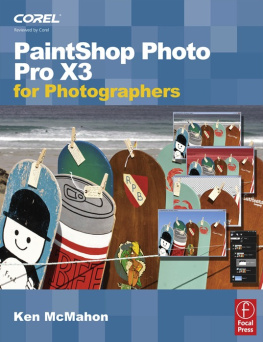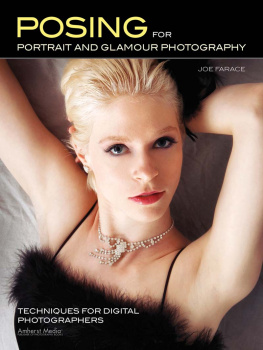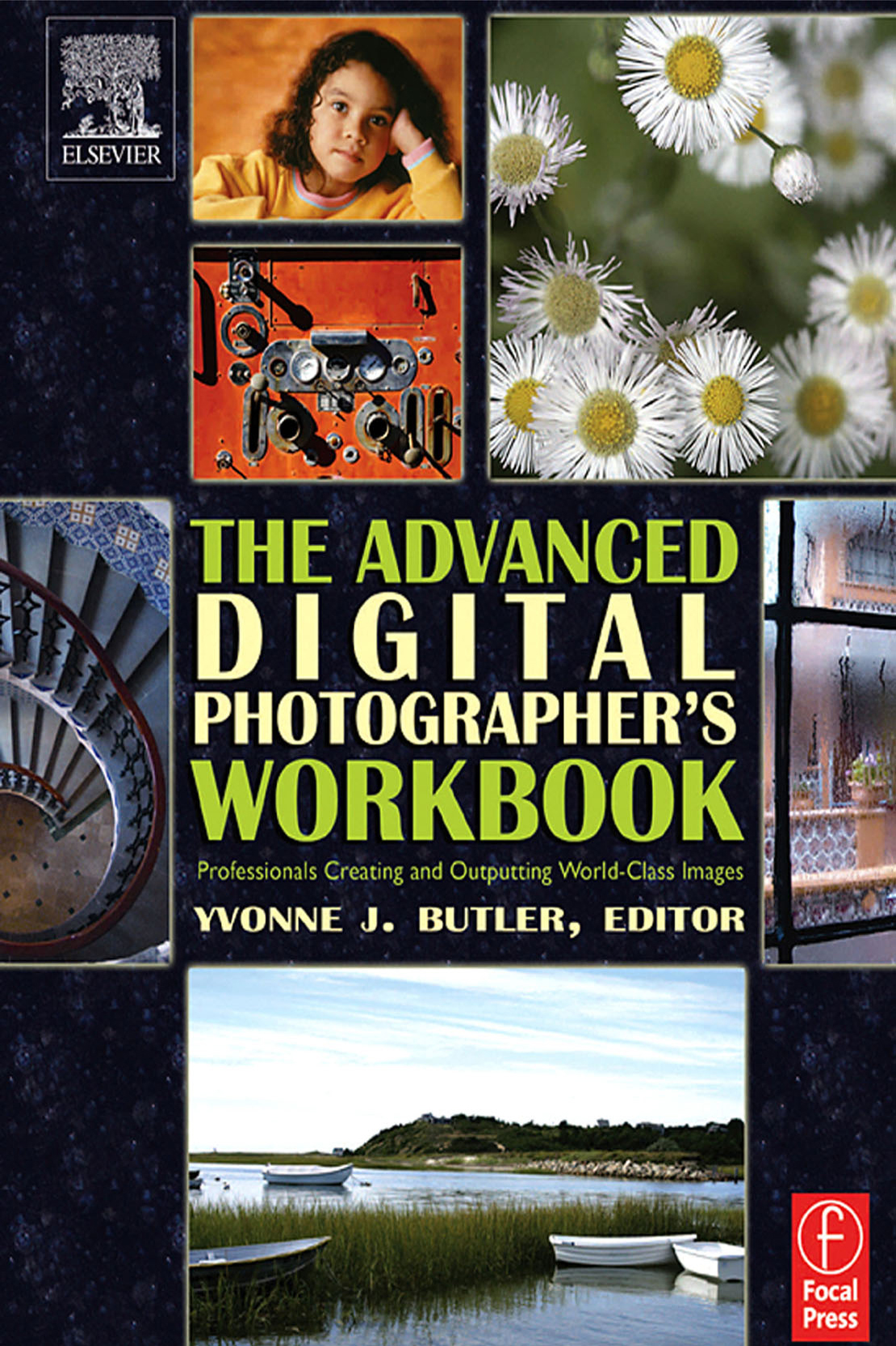The Advanced Digital
Photographers
Workbook
Professionals Creating and
Outputting World-Class Images
Yvonne J. Butler, Editor

Focal Press is an imprint of Elsevier
200 Wheeler Road, Burlington, MA 01803, USA
Linacre House, Jordan Hill, Oxford OX2 8DP, UK
Copyright 2005, Elsevier Inc. All rights reserved.
No part of this publication may be reproduced, stored in a retrieval system, or
transmitted in any form or by any means, electronic, mechanical, photocopying,
recording, or otherwise, without the prior written permission of the publisher.
Permissions may be sought directly from Elseviers Science & Technology Rights
Department in Oxford, UK: phone: (+44) 1865 843830, fax: (+44) 1865 853333, e-mail:
. You may also complete your request on-line via the
Elsevier homepage (http://elsevier.com), by selecting Customer Support and then
Obtaining Permissions.
Trademarks/Registered Trademarks: Computer hardware and software brand names
mentioned in this book are protected by their respective trademarks.
Recognizing the importance of preserving what has been written, Elsevier prints its
books on acid-free paper whenever possible.
Library of Congress Cataloging-in-Publication Data
The advanced digital photographers workbook : professionals creating and outputting
world-class images/Yvonne Butler, Editor.
p. cm.
Includes index.
ISBN 0-240-80646-8 (alk. paper)
1. PhotographyDigital techniquesHandbooks, manuals, etc. 2. Image processing
Digital techniquesHandbooks, manuals, etc. I. Butler, Yvonne.
TR267.A28 2005
British Library Cataloguing-in-Publication Data
A catalogue record for this book is available from the British Library.
ISBN: 0-240-80646-8
For information on all Focal Press publications
visit our website at www.books.elsevier.com
05 06 07 08 09 10 10 9 8 7 6 5 4 3 2 1
Printed in the United States of America

Contents
Taz Tally
Tony Sweet
Yvonne J. Butler
Yvonne J. Butler
Lou Jones
Steve Anchell
Taz Tally
Rick Sammon and Yvonne J. Butler
Eric Cheng
Eddie Tapp
Rick Sammon
Joe Farace
George Schaub
Stephen M. Burns
Jeremy Sutton
Joe Farace
George Schaub
Stephen M. Burns and Yvonne J. Butler
Acknowledgments
I thank Diane Wurzel for sharing the vision of and commissioning this book, Becky Golden-Harrell for editing assistance, and all the editors and staff of Focal Press for seeing this project through to completion.
I also acknowledge and thank the contributors to the bookSteve Anchell, Stephen Burns, Eric Cheng, Joe Farace, Lou Jones, Rick Sammon, George Schaub, Jeremy Sutton, Tony Sweet, Taz Tally, and Eddie Tappfor their numerous hours of research, testing, writing, and photography for their chapters. Without their individual and collective energy, knowledge, and pursuit of excellence, this book would not have come to fruition.
I also thank so, so many members of the photo industry community, far too many to name here, but particularly staffs of Canon, Leica, Sony, nik Multimedia, Epson, Olympus, Wacom, Photoflex, Chimera, Lowepro, Fujifilm, Tiffen, Kodak, Extensis, Legasse Marketing, iView, Lowepro, Mamiya, Leaf, Minolta, Vivitar, Nikon, Adobe, Lasersoft, SmartDisk, Capture One, Pantone, and all the others who provided technical assistance, support, and documentation for the book.
On a very personal note, thank you from the bottom of my heart to my parents, godparents, partner, close friends, and photography mentors for encouraging me to always keep on keeping on. I am eternally grateful to you and you are my inspiration.
Yvonne J. Butler
Introduction: Taking It to the Next Level
T here are numerous reasons why you might have this book in hand. You have finally decided its time to learn how to calibrate your monitor, you are a film diehard and you just want easy post-capture solutions, or youve got a digital workflow thats not exactly the easiest to get through. Perhaps you see some exciting topics from some of the best in the business and you want to check them out or your in-laws have given you a copy of this book for your birthday and you thought youd better open it up and have a look. Whatever the reason, we would like to rock you out of your existing digital comfort zone and take you into a new zone full of somewhat complex yet practical solutions for advanced photographers. As the old saying goes, knowledge is power. We want you to increase your digital imaging power by taking it to the next level.
This digital imaging how-to book comprises topics and information we deem critical to the future growth of the advanced photographer. We believe most of us learn by doing and doing and doing. We also believe we all have to pay our dues and spend time reading available information and staying abreast of the latest developments in the photo industry. We firmly believe it is up to all of us to test drive the technical background information and sample exercises found in this book and adapt them to our own styles and preferences.
The first part of the book might be the toughest or at least the driest one for you to get through, unless of course you are a techno-geek who thrives on techno-chatter. We know some of you might leaf through the first chapter or even all of .
where we take you through some fascinating enjoyable discussions on how we approach lighting challenges in a digital context, the ins and outs of portraiture, the new developments in digital macro-and infrared capture, and the omnipresent allure of travel photography, that all-encompassing niche for eclectics. Sure, we could have covered other specialties, such as fashion, architecture, and outdoor/nature/landscape, but we elected to select a few to serve as a basis for your other work. Light is light and color casts are color casts; issues of highlights and shadows are always there no matter what your specialty or forte might be.
is devoted to the fine art studio, with an insiders view of how two fine art specialists produce their masterpieces.
Finally in , after you have worked your way through all the steps for creating breathtaking color-managed images, we want you to tie down the components that will help ensure your output matches what you originally saw and/or created. What is the point of grabbing or creating the best shot of your lifetime only to find your print does not even come close to your vision? The chapter on inkjet printing and color synchronization will take you back to the importance of system-wide calibration and reinforce color techniques for output. The last two chapters provide a little more on black and white and fine art printing, respectively.
There is something here for just about everyone. Have fun with whatever you elect to work on and through. Well look forward to seeing your world-class images in magazines, galleries, online, and elsewhere. Were counting on it!

